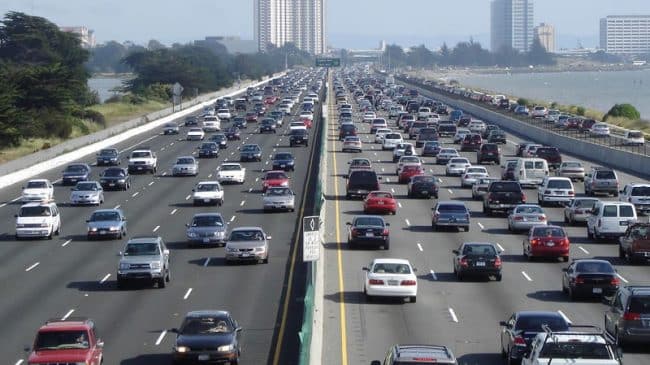Traffic congestion is a problem not just for individual commuters but for businesses as well. But while commuters’ top concern is rush hour traffic, businesses are also concerned with the off-peak hour (non-rush hour) delivery of goods. Since businesses are concerned with congestion during both time periods, their views on traffic congestion differ from those of commuters. Solving rush hour and off-peak congestion is also more challenging than merely solving rush hour congestion.
This brief summarizes a national survey of employers’ views of traffic congestion. One thousand representative employers answered a telephone survey regarding effects of traffic congestion on business practices, employee commutes, customer satisfaction and relocation prospects. These businesses represent 12.3 million U.S. employers with a total of 157 million workers. Geographic location plays a major role in how employers view congestion. While 33% of employers view traffic congestion as a moderate or major problem, nearly half of southern employers, 53% of large employers, 52% of downtown employers near freeway exits and 71% of downtown employers on four-lane roads hold this view.
Employers encounter congestion during normal business activities. About 65% receive or ship materials, 53% require workers to drive while on the job and 51% receive customers or clients at their sites. Congestion affects employers through employee daytime business travel, shipping and receiving, worker commuting and customer contact.
Congestion also significantly affects employees. About 25% of employers and 38% of large employers note that managers regularly complain about traffic, particularly as it relates to employees’ late arrival to work. Employers increasingly provide opportunities for flexible work hours, try to schedule meetings at less congested times and allow employees to work from home. Passes or subsidies for transit use are less common. Although customers also complain about traffic, employers appear to have taken few actions to address their complaints.
In order to mitigate congestion, employers suggest demand shifts, capacity improvements, the addition of signs and signals and transit improvements. In short, local traffic congestion is an increasingly important issue for employers, whose views should be considered in developing appropriate solutions.

